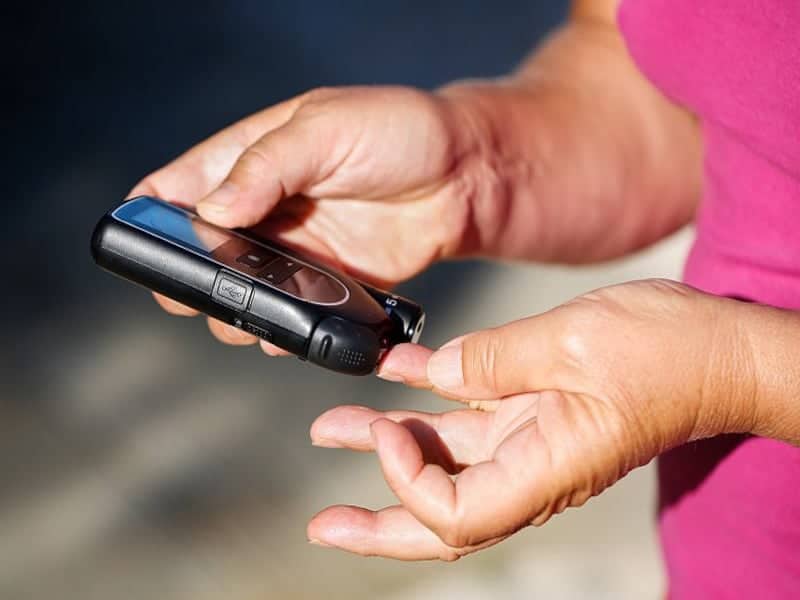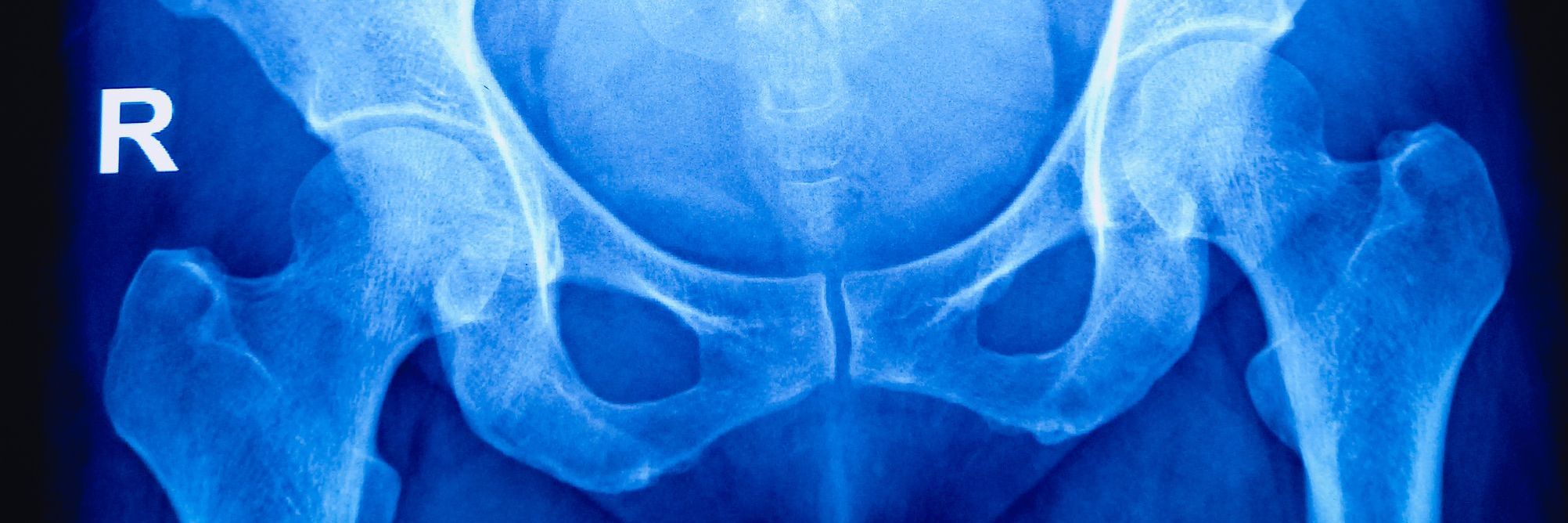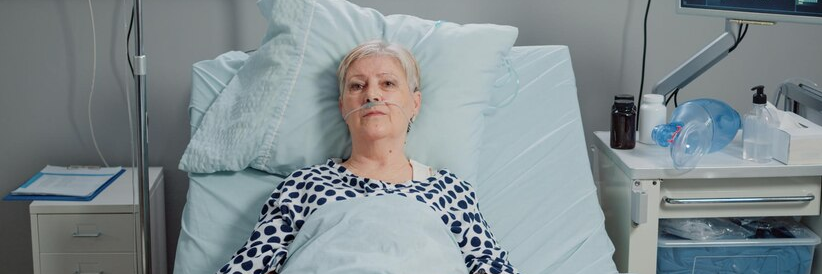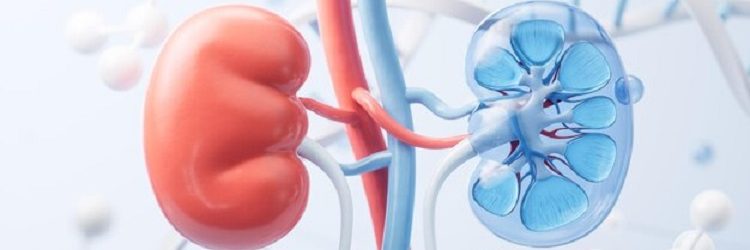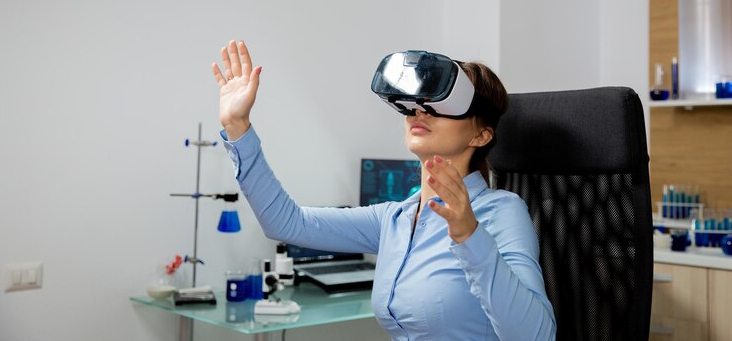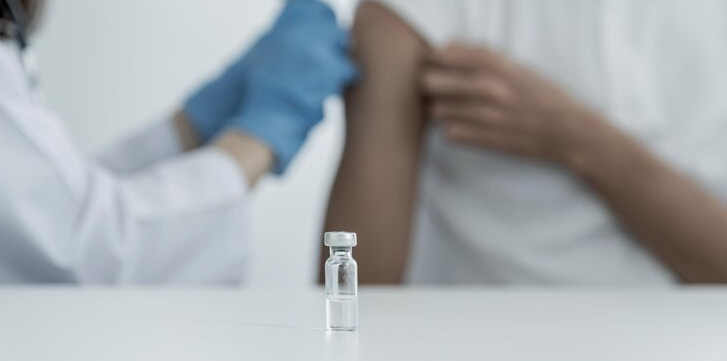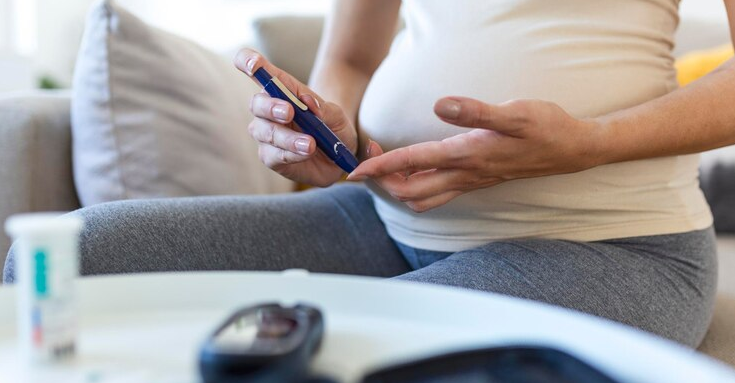The following is the summary of “Associations of Mean Glucose and Time in Range from Continuous Glucose Monitoring with HbA1c in Adults with Type 2 Diabetes” published in the December 2022 issue of Diabetes technology and therapeutics by Selvin, et al.
In individuals who have type 2 diabetes, the associations between HbA1c and the mean glucose level and the amount of time spent in the range of 70–180 mg/dL from continuous glucose monitoring (CGM) are not well described. 186 individuals who took part in the Hyperglycemic Profiles in Obstructive Sleep Apnea (HYPNOS) experiment was included in the secondary analysis that researchers carried out. Participants wore both a Dexcom G4 and an Abbott Libre Pro CGM sensor simultaneously for a period of up to 4 weeks.
The mean HbA1c was 7.7% (SD, 1.3). High positive correlations were found between HbA1c, and CGM mean glucose, and strong negative correlations were found between HbA1c and CGM time in the range (0.79, Abbott; 0.81, Dexcom). Strong negative correlations were also found between HbA1c and CGM time in range and CGM mean glucose (Dexcom, 0.84; Abbott, 0.82). At any given HbA1c number, however, there were significant variations in both the mean glucose as measured by CGM (20 mg/dL) and the percentage of time spent within the normal range (14%).
Patients with type 2 diabetes who are not taking insulin have a good correlation between their mean glucose and HbA1c levels, but there is clear evidence of discordance at the individual level. Clinicians ought to be prepared for discordant results and ought to employ CGM and HbA1c in a complimentary manner.


